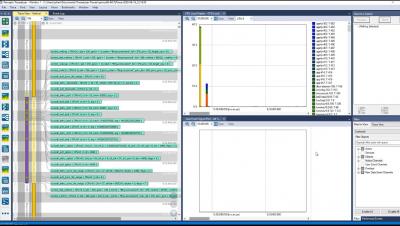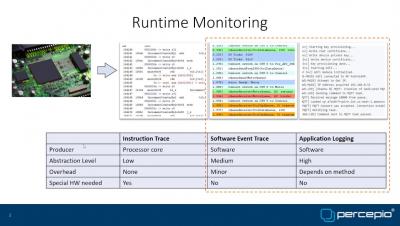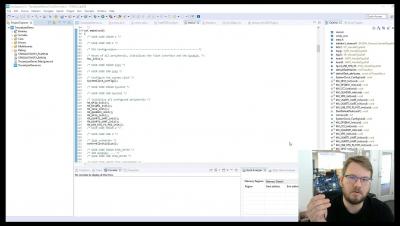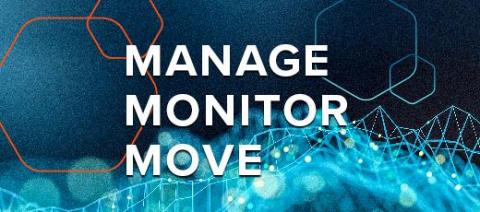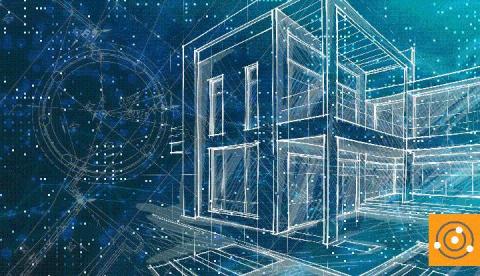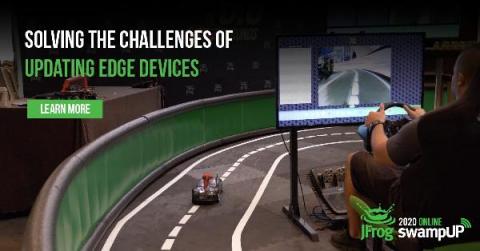Operations | Monitoring | ITSM | DevOps | Cloud
IoT
Getting started with Tracealyzer for Linux
Visual Trace Diagnostics - Tracealyzer in the Lab, DevAlert in the Field
Getting started with Tracealyzer for FreeRTOS
Using Foglight to collect data from IoT Sensors with MQTT
The IoT, Internet of Things, has arrived. Sensors are everywhere, collecting more and more data about us and the world around us. Temperature, Humidity, Fluid Levels, Traffic counts, the status of devices and things like doors and elevators are being collected and distributed all around us. The question now is "What do we do with all that data?
3 IoT Protocols to Watch in 2020
IoT Architecture: 3 Things Every IT Professional Should Know
Updates for the Edge - From Hours to Minutes - Sneak Preview
My name is Kat Cosgrove, and I’m a Developer Advocate at JFrog. Before that, I was an engineer on JFrog’s IoT team. Our goal is to bring DevOps to the edge, because it shouldn’t be as difficult to update these kinds of devices as it currently is. In pursuit of this goal, we found a lot of interesting solutions that we could bring into a CI/CD pipeline for embedded Linux devices, and eventually built a rather flashy proof of concept that put several of these solutions on display.
Sumo Logic and NIST team up to secure energy sector IoT
How LineMetrics Uses InfluxDB to Launch Its IoT Monitoring Platform
“What would it be like to have an asset monitoring solution that can be installed within minutes and is independent of all existing IT systems, without endangering existing processes?” LineMetrics was founded in 2012 in Haag, Austria, in response to questions just like this one. LineMetrics developed a complete real-time asset monitoring solution delivered through its end-to-end Internet of Things (IoT) platform.



